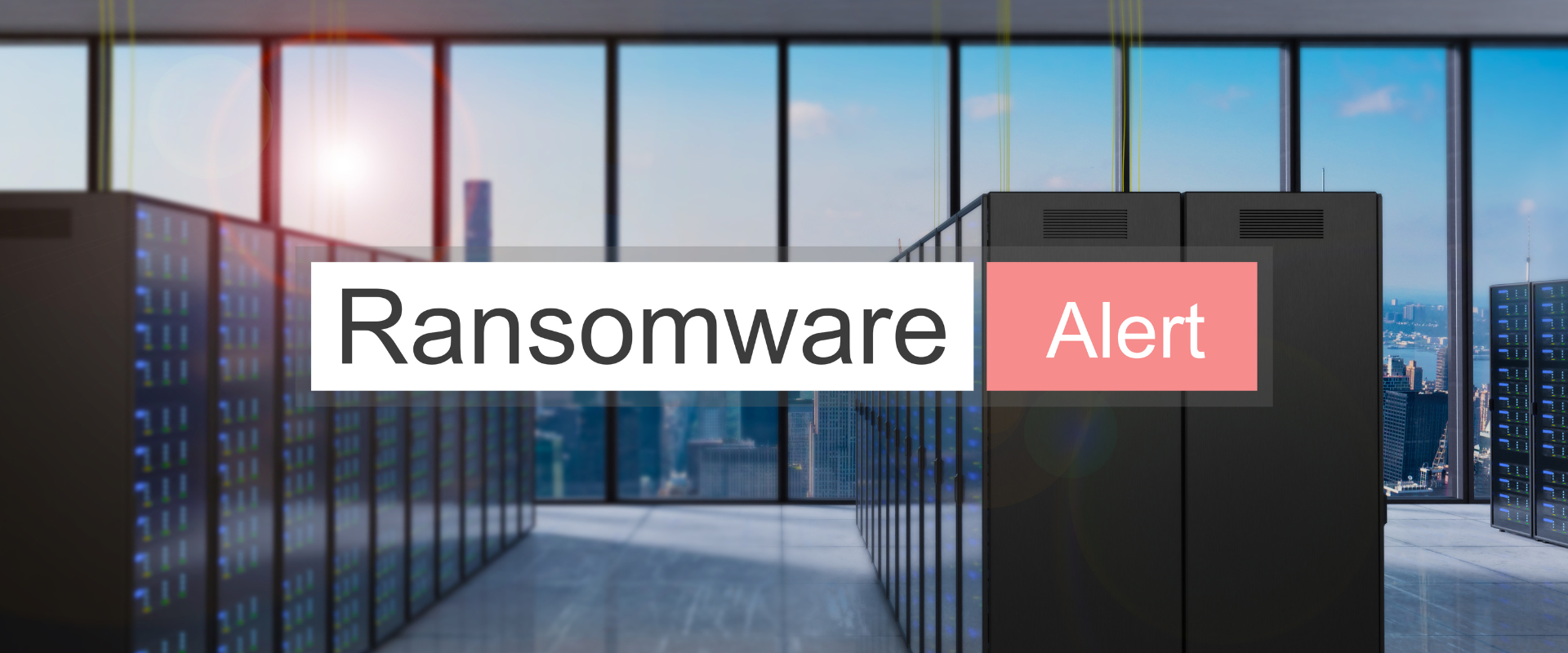
The Growing Importance of Cloud Security in a Hybrid Work World
By, Webmaster
- 4 Dec, 2024
- 1.9k Views
As businesses continue to embrace hybrid and remote work models, the use of cloud computing has skyrocketed. Cloud services offer flexibility, scalability, and cost-effectiveness, making them essential for modern business operations. However, with this growing reliance on cloud technologies comes an increased risk to cybersecurity. In this article, we’ll explore why cloud security is more critical than ever, the common vulnerabilities organizations face in the cloud, and how to ensure your cloud infrastructure remains secure.
The Rise of Cloud Computing
Cloud computing allows businesses to store data, run applications, and manage resources over the internet, rather than relying on local servers and on-premise infrastructure. The flexibility of the cloud enables companies to scale operations rapidly and access their data from anywhere in the world, making it an ideal solution for the remote and hybrid workforce.
However, the shift to the cloud has introduced new complexities to the cybersecurity landscape. Organizations now need to secure not only their on-premise systems but also their cloud environments, which may be managed by third-party providers. As businesses store more sensitive data in the cloud, the risk of exposure to cyber threats increases, requiring robust cloud security strategies.
The Risks of Cloud Computing
Data Breaches: Storing sensitive data in the cloud increases the risk of data breaches. If not properly secured, cloud environments can become targets for cybercriminals who may exploit vulnerabilities to gain unauthorized access to valuable business information.
Misconfigured Cloud Settings: One of the most common security issues with cloud infrastructure is misconfiguration. Improperly configured cloud services can expose sensitive data or leave systems vulnerable to attack. For example, unsecured cloud storage buckets or incorrect access controls can create opportunities for unauthorized users to access data.
Third-Party Risks: Cloud services are often managed by third-party providers, and relying on these external vendors introduces the risk of their security practices impacting your organization’s data. If a provider experiences a security breach, your business data could be compromised as well.
Data Loss: Cloud environments are not immune to data loss. Accidental deletion, software bugs, or provider outages can result in the loss of critical data, which can disrupt business operations. Without proper backup systems in place, organizations may struggle to recover from such incidents.
Insider Threats: Just like traditional IT systems, cloud environments can also be vulnerable to insider threats. Employees or contractors with privileged access may intentionally or unintentionally compromise data or cause harm to the organization.
Compliance and Regulatory Challenges: Many organizations must comply with industry-specific regulations (e.g., GDPR, HIPAA, PCI-DSS) that govern how data should be handled and protected. Ensuring that cloud services meet these regulatory requirements can be a challenge, especially when using third-party vendors that operate in different jurisdictions.
Best Practices for Securing Cloud Environments
Choose a Trusted Cloud Provider: When selecting a cloud service provider, ensure that they have robust security measures in place. Look for certifications such as ISO 27001, SOC 2, and PCI-DSS that demonstrate compliance with industry standards. Make sure the provider offers features like encryption, strong access controls, and monitoring tools.
Implement Strong Access Controls: Use the principle of least privilege to ensure that employees and contractors only have access to the data and systems they need to do their jobs. Multi-factor authentication (MFA) should be implemented for all users accessing cloud services to add an additional layer of security.
Monitor and Audit Cloud Activity: Continuously monitor activity in your cloud environment for signs of suspicious behavior. Use security information and event management (SIEM) tools to detect anomalies and potential threats. Regular auditing of cloud access logs can help identify unauthorized access attempts or misconfigurations.
Encrypt Data in Transit and at Rest: Ensure that sensitive data is encrypted both when it’s stored in the cloud and when it’s being transmitted over the internet. Encryption helps protect data from being intercepted during transit and from unauthorized access in the event of a breach.
Regularly Update and Patch Systems: Just like on-premise systems, cloud infrastructure must be regularly updated and patched to address security vulnerabilities. Work with your cloud provider to ensure that the latest security patches are applied promptly.
Implement Cloud Backup and Disaster Recovery Plans: Ensure that critical data stored in the cloud is backed up regularly. Create a disaster recovery plan to ensure that your business can quickly recover in case of data loss or a cyberattack. Make sure backups are stored securely and are regularly tested for effectiveness.
Ensure Compliance with Industry Regulations: Understand the regulatory requirements your business must comply with, and ensure that your cloud provider’s security practices align with those regulations. Work with legal and compliance teams to ensure that data is stored, processed, and transmitted in accordance with applicable laws.
Conduct Employee Training: Human error is often the weakest link in cybersecurity. Regularly train employees on best practices for securing cloud services, such as recognizing phishing attacks, using strong passwords, and understanding the risks of sharing sensitive information.
The Future of Cloud Security
As cloud computing continues to grow, cloud security will only become more important. The rise of edge computing, artificial intelligence, and machine learning will introduce new security challenges, but also new tools to help mitigate risks. Businesses must remain vigilant and adapt their security strategies to the evolving threat landscape.
The future of cloud security lies in creating a comprehensive, multi-layered approach that integrates traditional cybersecurity practices with cloud-specific solutions. By doing so, organizations can ensure the security of their data, maintain business continuity, and continue to leverage the benefits of cloud technology without compromising their security.
We hope you found this article useful. If you have questions or would like to learn more about securing your cloud environment, feel free to reach out!
Recent Posts
- The Growing Risk of Cloud Security Vulnerabilities: How to Protect Your Business from Cloud-Based Cyber Threats
- The Growing Threat of Distributed Denial-of-Service (DDoS) Attacks: How to Protect Your Organization from DDoS Threats
- Zero Trust: The Key to Safeguarding Your Digital Assets
- The Evolution of Ransomware: How to Prepare for the Future of Cyber Extortion
- The Rise of AI-Powered Phishing Attacks: How to Safeguard Your Business
Category
- Cyber Security (68)
- Vulnerability Assessment (52)







